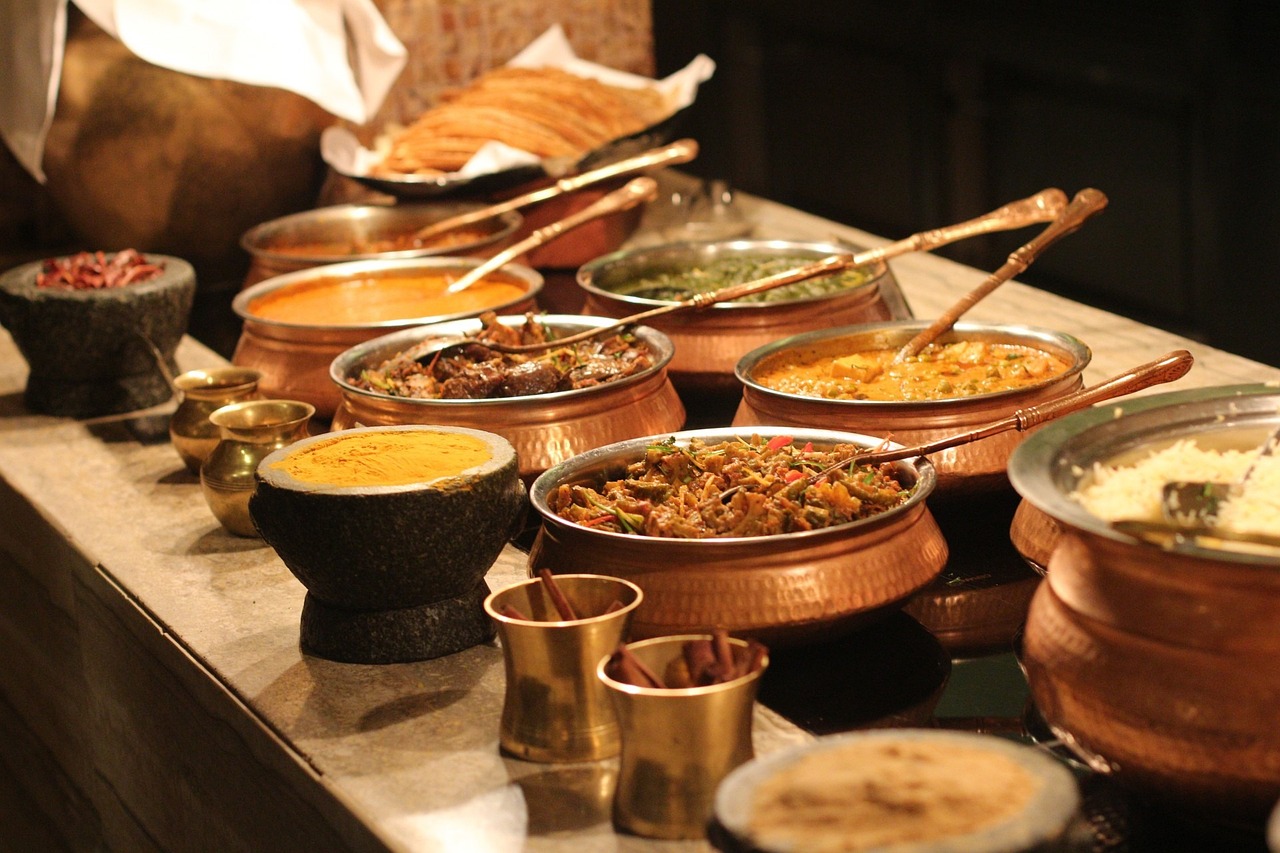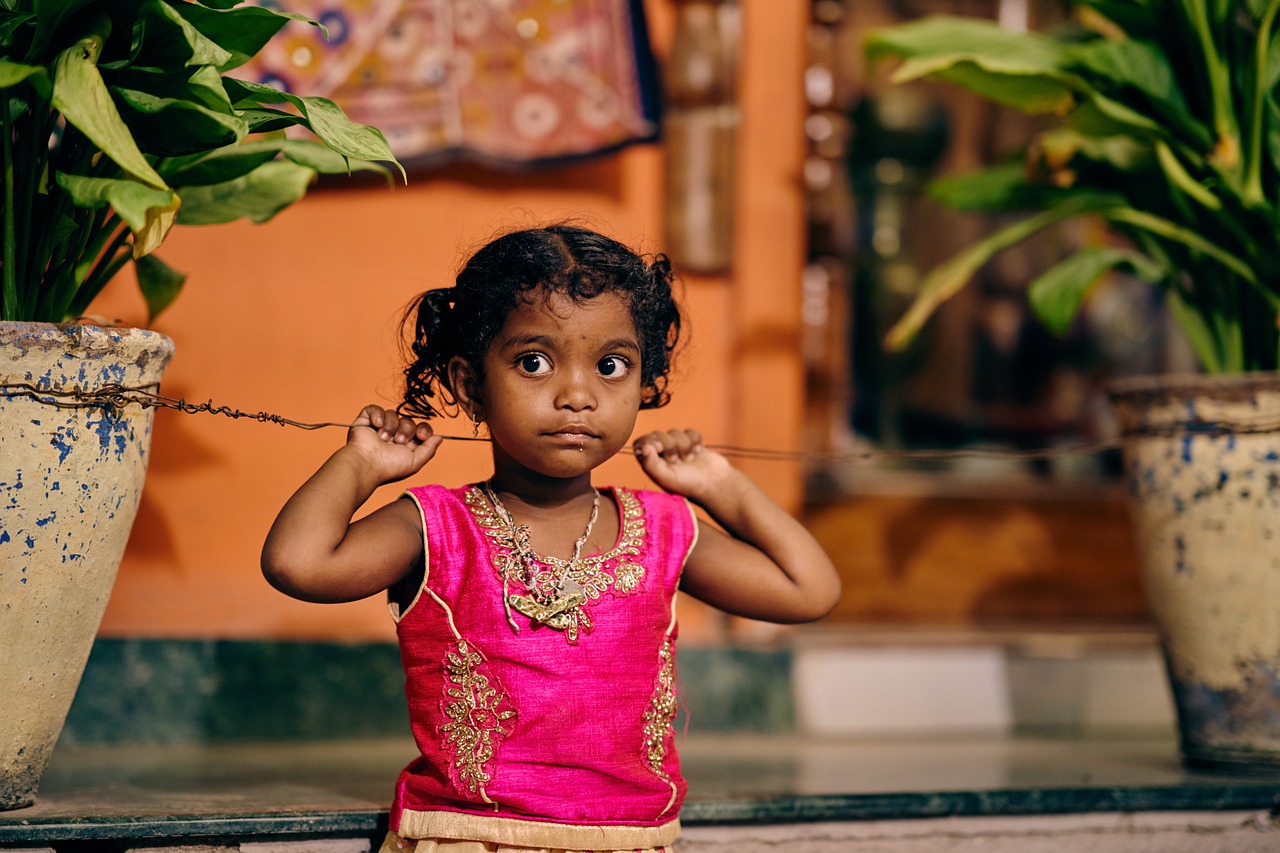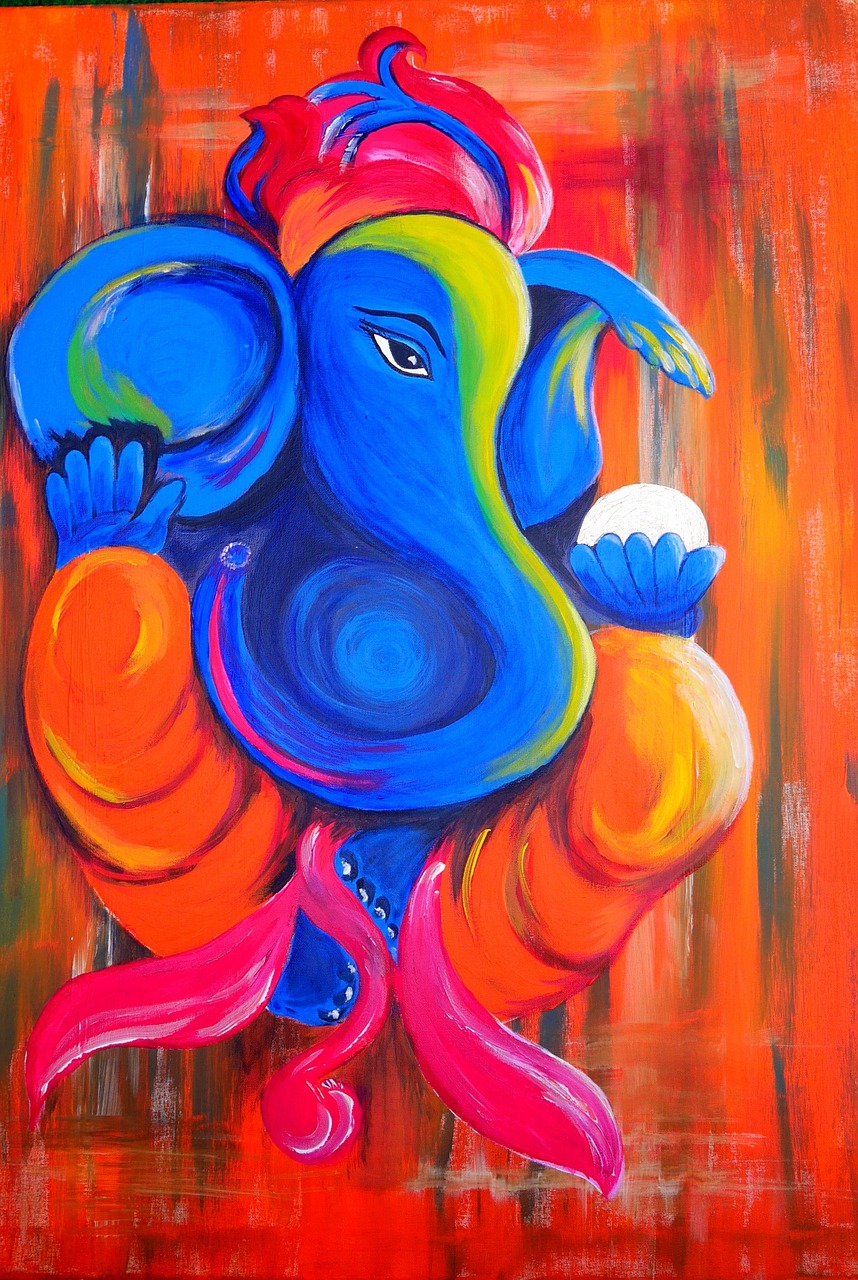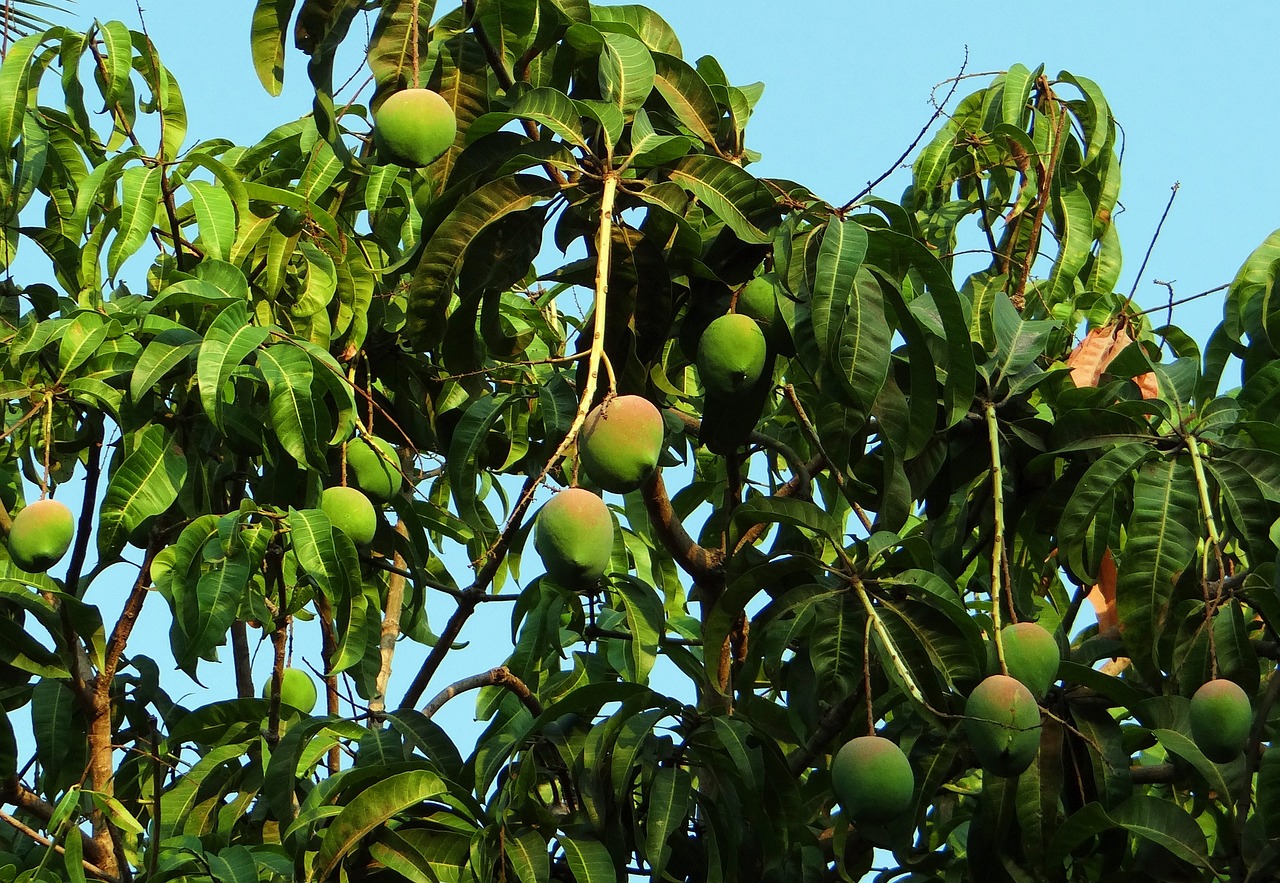India Video
Local Celebrations and Holidays: What to Expect in India
India is a country known for its rich cultural heritage and diverse traditions. It is home to a wide range of celebrations and holidays that reflect the unique customs and beliefs of its various regions. From religious festivals to national holidays, there is always something happening in India. In this article, we will explore some of the most popular and significant local celebrations and holidays in India.
Diwali
Diwali, also known as the Festival of Lights, is one of the most widely celebrated festivals in India. It marks the victory of light over darkness and good over evil. During Diwali, people illuminate their homes with oil lamps and decorative lights. Fireworks, sweets, and exchanging gifts are also common traditions during this festival. Diwali usually falls between October and November and is celebrated with great enthusiasm across the country.
- Lighting of Diyas: Diyas, or oil lamps, are lit in every household to symbolize the triumph of light over darkness.
- Fireworks: Colorful fireworks light up the night sky, adding to the festive atmosphere.
- Exchanging Gifts: People exchange sweets, dry fruits, and gifts with family and friends as a gesture of love and goodwill.
- Rangoli: Intricate patterns made with colored powders or flower petals are created on the floor to welcome prosperity and good luck.
Holi
Holi, also known as the Festival of Colors, is a vibrant and joyous celebration that marks the arrival of spring. It is celebrated with great enthusiasm and involves throwing colored powders and water at each other. Holi is a time when people come together, forgetting differences and embracing the spirit of unity and love.
- Playing with Colors: People of all ages gather in open spaces to play with colored powders and water, smearing each other’s faces and clothes with vibrant hues.
- Traditional Music and Dance: Folk songs and dance performances add to the festive ambiance, with people dancing to the beats of drums and traditional music.
- Gulal and Pichkaris: Gulal, or colored powders, and pichkaris, water guns, are used to drench each other in colors.
- Sweet Delicacies: Special Holi sweets like gujiyas (sweet dumplings) and thandai (a refreshing drink) are prepared and shared with family and friends.
Ganesh Chaturthi
Ganesh Chaturthi is a 10-day festival dedicated to Lord Ganesha, the elephant-headed deity who is believed to be the remover of obstacles and the god of wisdom and prosperity. During this festival, elaborate clay idols of Lord Ganesha are worshipped in homes and public pandals (temporary structures). On the final day, the idols are immersed in water bodies, symbolizing the departure of Lord Ganesha.
- Ganesh Idol Installation: Clay idols of Lord Ganesha are brought home or installed in public pandals, accompanied by prayers and rituals.
- Puja and Aarti: Elaborate prayers and devotional songs are offered to Lord Ganesha, followed by aarti (a ritual of waving lighted lamps) and distribution of prasad (blessed food).
- Processions: Colorful processions with music and dancing are held to accompany the immersion of the idols in water bodies.
- Modak: Modak, a sweet dumpling filled with coconut and jaggery, is considered Lord Ganesha’s favorite and is prepared as an offering.
Pongal
Pongal is a harvest festival celebrated in the southern state of Tamil Nadu. It is a four-day festival that honors the Sun God and expresses gratitude for a bountiful harvest. Pongal is marked by the preparation of a special dish called Pongal, made with newly harvested rice, jaggery, and lentils.
- Kolam: Intricate patterns are drawn on the ground using rice flour or colored powders as a way to welcome prosperity and good luck.
- Pongal Cooking: The Pongal dish is prepared using freshly harvested rice, lentils, jaggery, and milk, and is offered to the Sun God before being shared as a festive meal.
- Traditional Games: People engage in various traditional games and sports as part of the festivities, including bull-taming and kite flying.
- Jallikattu: Jallikattu, a traditional bull-taming sport, is a highlight of the Pongal celebrations in Tamil Nadu.
Navaratri and Durga Puja
Navaratri, meaning “nine nights,” is a festival dedicated to the worship of the divine feminine energy in the form of Goddess Durga. It is celebrated across India with different regional variations. In the state of West Bengal, Navaratri is known as Durga Puja and is one of the biggest festivals of the year.
- Garba and Dandiya Raas: In Gujarat, Navaratri is celebrated with lively folk dances called Garba and Dandiya Raas, where people dance in circles with sticks or clapping hands.
- Puja and Fasting: Devotees observe fasts and offer prayers to Goddess Durga, seeking her blessings for prosperity and protection.
- Pandal Hopping: In West Bengal, elaborately decorated temporary structures called pandals are set up to house clay idols of Goddess Durga. People visit these pandals to admire the artwork and seek the goddess’s blessings.
- Immersion of Idols: On the final day of Durga Puja, the idols of Goddess Durga are immersed in rivers or water bodies, accompanied by processions and celebrations.
India Image 1:

Dussehra
Dussehra, also known as Vijayadashami, marks the triumph of good over evil. It is celebrated in various parts of India with great enthusiasm and grandeur. The festival commemorates the victory of Lord Rama over the demon king Ravana and the return of Lord Rama to Ayodhya after 14 years of exile.
- Ram Lila: The epic story of Ramayana is enacted through stage performances called Ram Lila. The final day culminates in the burning of effigies of Ravana, symbolizing the victory of good over evil.
- Processions: Colorful processions with decorated idols of deities are taken out on the streets, accompanied by music, dance, and cultural performances.
- Fair and Rides: Temporary fairs are set up where people enjoy various rides, games, and indulge in festive food.
- Dasara Dolls: In the southern state of Karnataka, households create elaborate displays of dolls and figurines depicting mythological stories and scenes.
India Image 2:

Eid-al-Fitr
Eid-al-Fitr, also known as Ramzan Eid or Meethi Eid, is a significant festival for the Muslim community in India. It marks the end of Ramadan, a month of fasting and prayer. On this day, Muslims gather for special prayers, exchange greetings, and share meals with family and friends.
- Prayers and Sermons: Muslims visit mosques for morning prayers, followed by sermons that emphasize the importance of charity, forgiveness, and unity.
- Eid Feast: Special delicacies like biryani, sheer khurma (a sweet vermicelli pudding), and kebabs are prepared and shared as part of the festive feast.
- Giving of Gifts: It is customary to exchange gifts and money, especially to children, as a symbol of love and generosity.
- Eid Shopping: Markets and bazaars are filled with shoppers buying new clothes, accessories, and gifts for the occasion.
Janmashtami
Janmashtami celebrates the birth of Lord Krishna, an incarnation of Lord Vishnu, who is considered one of the most beloved deities in Hindu mythology. It is celebrated with great fervor, especially in the state of Uttar Pradesh, where Lord Krishna is believed to have been born.
- Midnight Celebrations: Devotees fast throughout the day and break it only at midnight, the time when Lord Krishna is believed to have been born. Temples are beautifully decorated, and prayers and devotional songs are sung.
- Dahi Handi: A popular tradition associated with Janmashtami is the Dahi Handi festival, where participants form human pyramids to reach and break a pot filled with curd or buttermilk, symbolizing Lord Krishna’s love for dairy products.
- Raas Leela: Raas Leela, a traditional dance-drama depicting Lord Krishna’s playful interactions with the gopis (cowherd girls), is performed in many parts of India.
- Decorating Baby Krishna: Clay idols of baby Krishna, known as Laddu Gopal, are adorned with colorful clothes and jewelry and worshipped in homes.
India Image 3:

Conclusion
India is a land of diverse cultures and traditions, and its celebrations and holidays reflect this rich tapestry. Whether it’s the vibrant colors of Holi, the sparkling lights of Diwali, or the devotion of Ganesh Chaturthi, each festival offers a unique experience. These celebrations bring people together, fostering a sense of unity and joy. Exploring India during these festive times can be an unforgettable experience, immersing you in the country’s rich heritage and cultural traditions.
References
– “Diwali.” Britannica. britannica.com/topics/Diwali.
– “Holi.” India Tourism. www.incredibleindia.org/content/incredibleindia/en/events/holi.html.
– “Ganesh Chaturthi.” Cultural India. www.culturalindia.net/indian-festivals/ganesh-chaturthi.html.
– “Pongal Festival.” Tamil Nadu Tourism. www.tamilnadutourism.org/festivals/festival-pongal.php.
– “Navaratri and Durga Puja.” India Today. www.indiatoday.in/information/story/navratri-and-durga-puja-1863856-2021-10-06.
– “Dussehra.” Times of India. timesofindia.indiatimes.com/life-style/events/dussehra.
– “Eid-al-Fitr.” Cultural India. www.culturalindia.net/indian-festivals/eid-al-fitr.html.
– “Janmashtami.” India Today. www.indiatoday.in/information/story/janmashtami-1863862-2021-08-29.


